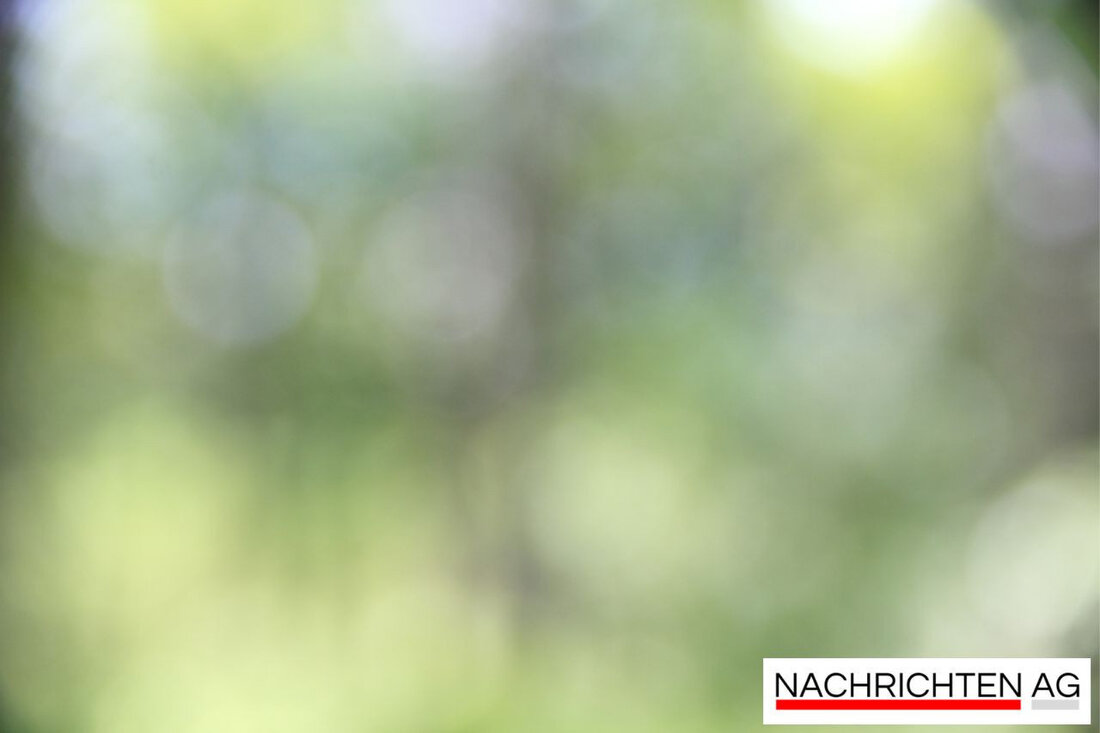Magical axolotls: The Jans family in Dornstadt now has two living water dragons!
Find out everything about axolotls: habitat, breeding conditions and species protection in Rhineland-Palatinate. Tips for husbandry and care.

Magical axolotls: The Jans family in Dornstadt now has two living water dragons!
The axolotl, known for its dragon-like appearance, is a fascinating creature that is critically endangered in its natural habitat, a lake in Mexico. Updated reports from SWR According to this, many of these animals have found a new home, including in Germany. Axolotls are very popular in aquariums, for example in the Jans family from Dornstadt near Ulm. A female and a male now live there, and the number of axolotls in the aquarium has fortunately increased.
However, the threatened extinction of axolotls in nature raises questions. Reports from Aquaculture Genzel According to scientists, scientists predict that the axolotl population density cannot be maintained for much longer. Reproduction under human care could be a crucial factor in saving these species from extinction.
Protection and regulation
The protection of axolotls is guaranteed by various legal regulations. These include, among others, the Federal Nature Conservation Act (BNatSchG) as well as EC Regulation 338/97 and the Washington Convention on Endangered Species. In order to purchase an axolotl, proof of origin is required to ensure that the animals were bred in Germany.
Attitude and care
Keeping axolotls in an aquarium is relatively uncomplicated, but requires special knowledge of water quality and the appropriate equipment. A water temperature between 10 and 30 degrees Celsius is optimal, with 18 degrees Celsius being considered ideal. The pH value should be around the neutral point. The animals are adaptable and can be kept in normal tap water.
Axolotls are notable for their ability to regenerate. They can regrow bitten body parts within a few days. This ability to regenerate attracts many animal lovers. There are also different breeding forms and color variations, including copper-colored, albino (with red eyes), melanistic (black eyes) and yellow axolotls. The lifespan of these animals can be up to 25 years if they are kept appropriately.
Reproduction and nutrition
Axolotl reproduction usually occurs during the spawning season, when the female can lay between 300 and 1100 eggs. These eggs require special care, and the larvae hatch 14 to 21 days after spawning. Adult axolotls require high-quality, whole foods that are rich in protein and fat. It is particularly important to pay attention to the right diet, as feeding earthworms or warm-blooded meat can lead to digestive disorders.
Overall, it shows that the axolotl is not only a unique animal, but also deserves a lot of attention and protection. Aquariums like those of the Jans family ensure that these remarkable creatures continue to bring joy and fascination.

 Suche
Suche
 Mein Konto
Mein Konto